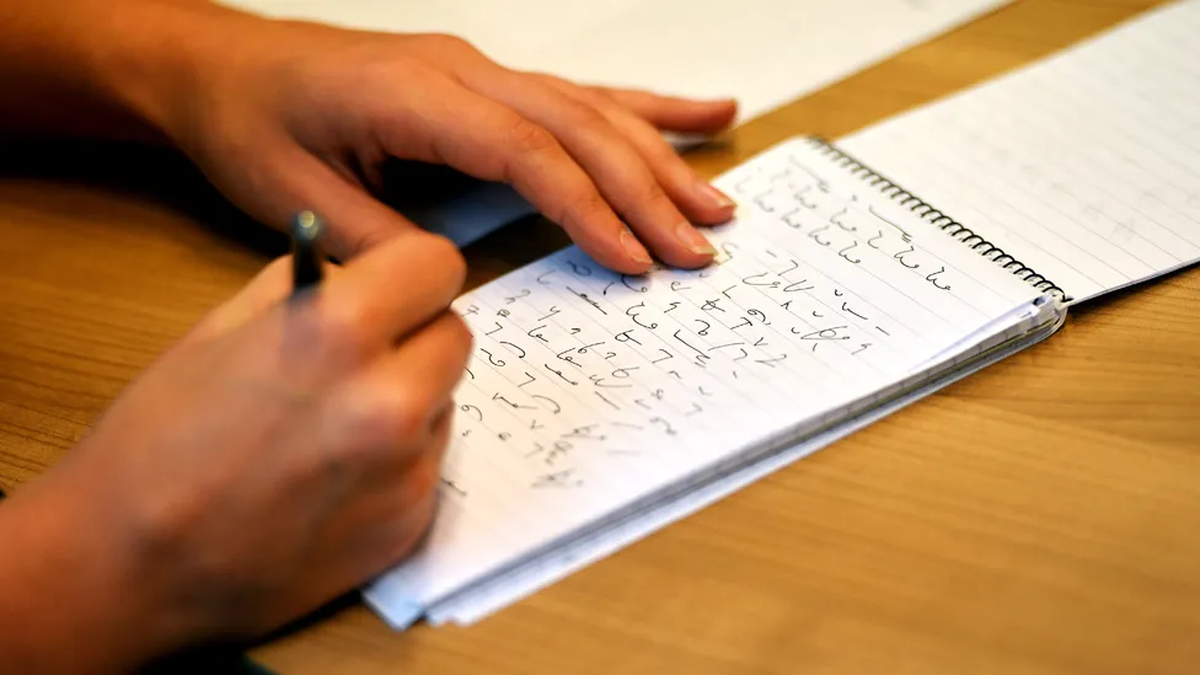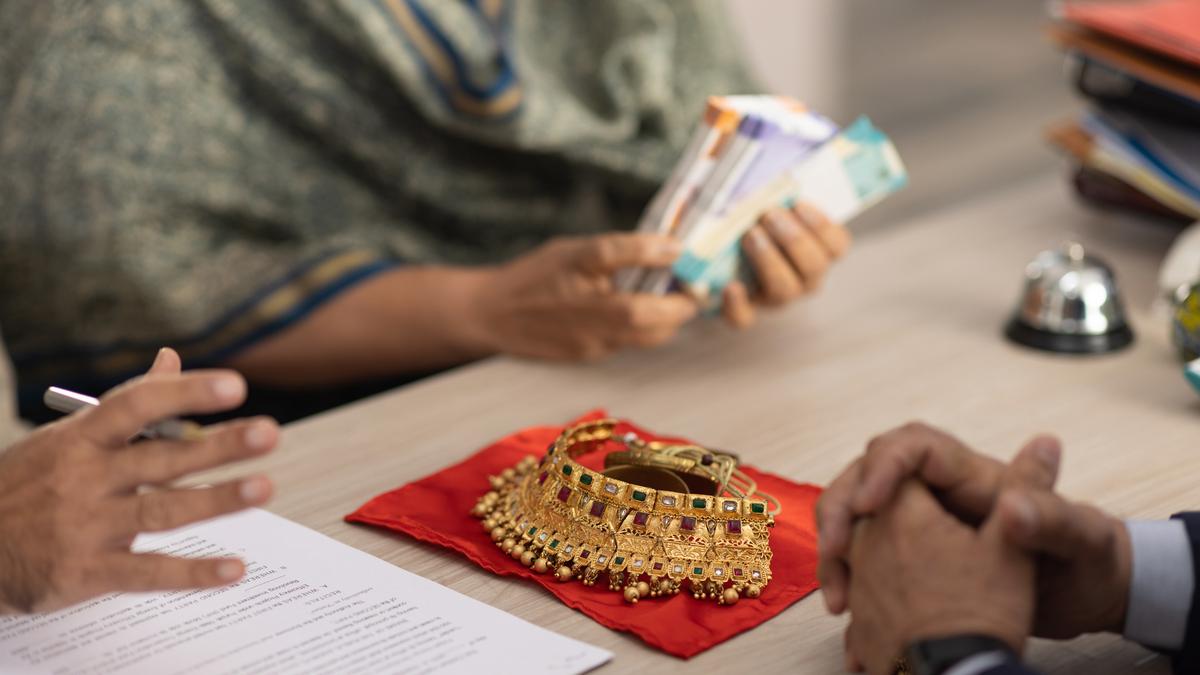Shorthand is widely referred to as stenographer – an art of writing quickly using specialised symbols and abbreviations. The word ‘stenography’ is derived from the Greek ‘stenos’ meaning narrow and ‘graphein’ meaning to write. The origin of stenography dates back several centuries and reflects the evolution from ancient to modern practices.
The history of stenography
Communication has been an important aspect of humanity since the ancient civilisation. From symbols to marks to words, humans have always found one or way other to communicate efficiently and accurately. Stenography also emerged as a means of communication in ancient Greece when scholars like Xenophon used symbols and abbreviation to record speeches.
The origin of stenography is often credited to Marcus Tullius Tiro, a secretary to Cicero, a renowned orator. He developed Tironian notes to write down Cicero’s speeches. Cicero had taught him how to write sentences using short strokes and symbols so as to document his discussions and speeches with accuracy and precision.
Marcus Tullius Tiro
| Photo Credit:
Wikimedia Commons
The early shorthand typing was as important as today’s time to document political and legal activities to lay the framework for future. The interest in shorthand peaked during the Renaissance period when scholars sought efficient methods to record information.
In the 19th Century, a significant innovation transformed the shorthand practice. Isaac Pitman introduced ‘Pitman Shorthand’ which was based on phonetics and symbols to represent sounds of speech instead of letters. This method of shorthand was widely spread and adopted in professional settings where speed and accuracy were essential.
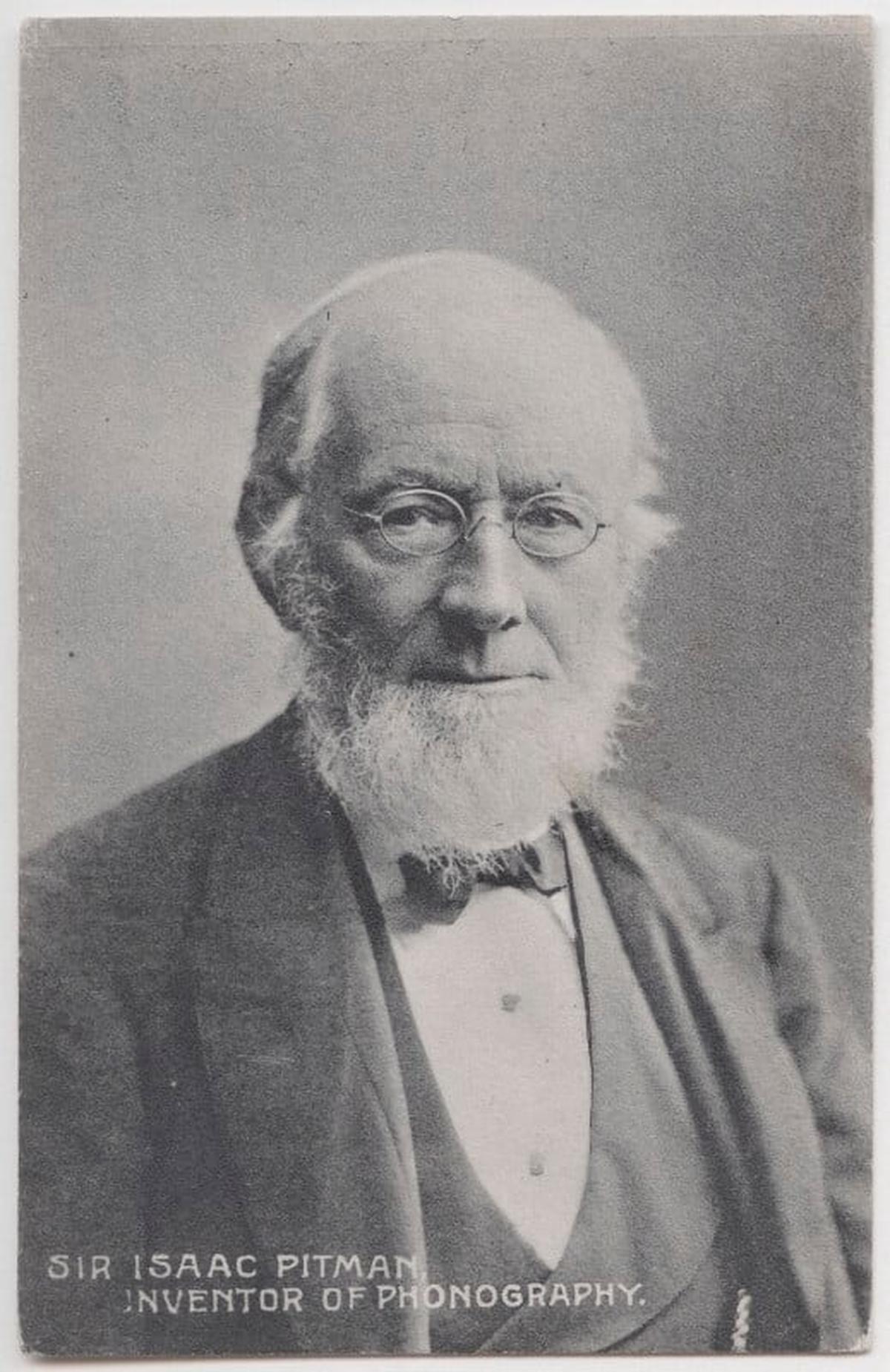
Isaac Pitman
| Photo Credit:
Wikimedia Commons
The invention of stenotype machine in the early 20th Century was a stepping stone for the art of stenography. This machine helped the stenographers to type several characters at once by using a series of keys. Stenotype machine became an integral part for court reporting, live transcription and media professionals.
Methods of stenography
Stenography is divided into four major methods that helps people to write in the speed of light. Let’s take a look at the methods:
Pitman shorthand: This method was developed by Isaac Pitman in the year 1837. He is also known as the “father of stenography”. Pitman method is mostly phonetic i.e., it uses symbols to represent the sounds of speech.
Gregg shorthand: John Robert Gregg introduced this method that is widely known for its cursive and flowing style. This method uses simplified symbols which is easy to learn and write. Gregg shorthand is widely used in legal and media industry.
Teeline shorthand: It is a simplified method focusing on the abbreviation of words and phrases and was created by James Hill in 1960s.
Stenomask method: This method uses electronic devices such as steno masks or stenotype machines that records speech in real time by pressing multiple keys. It is essential for live transcriptions and legal reporting.
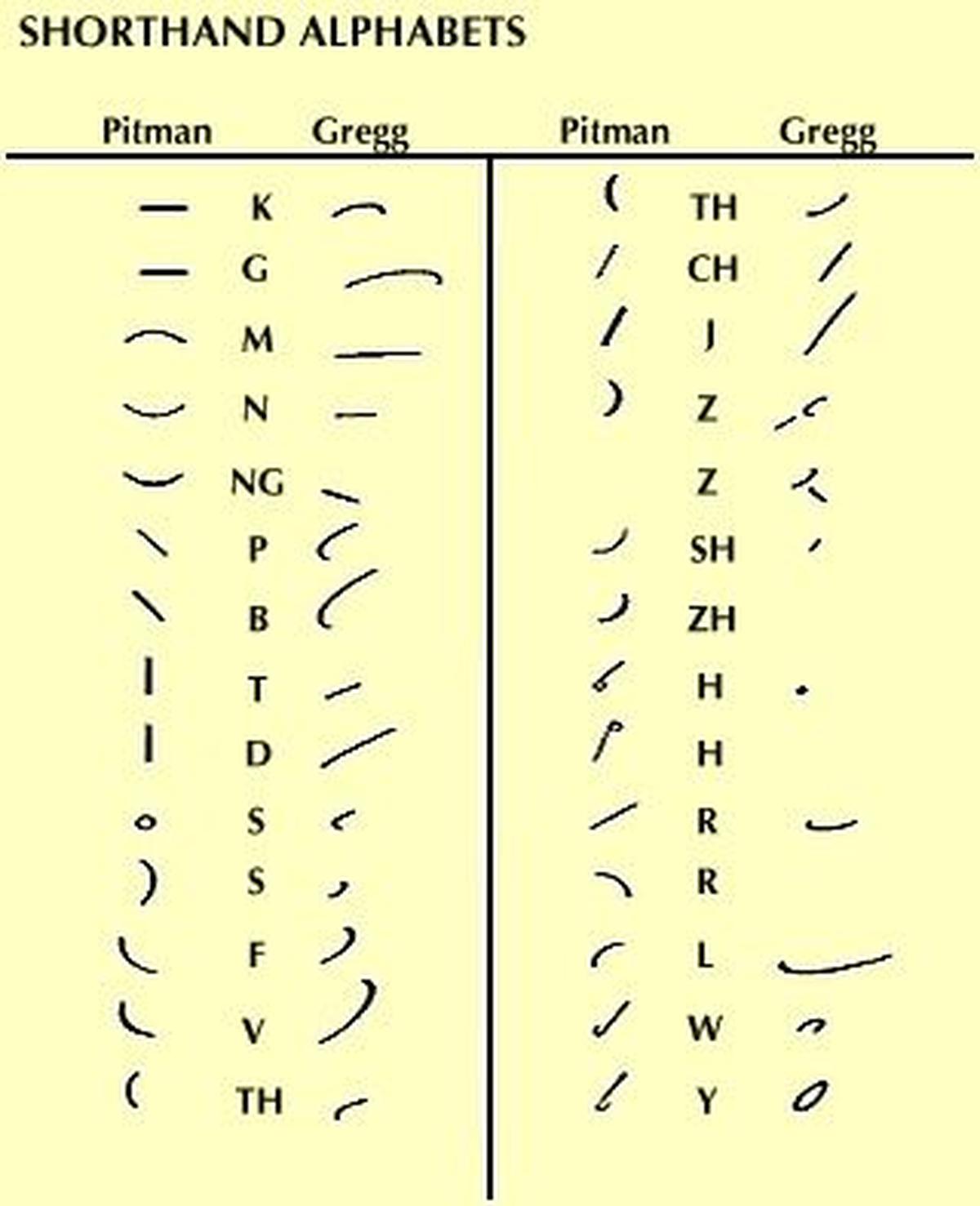
The different methods of stenography
Importance of stenography in today’s time
We live in a world where everything is possible with the advanced technology but stenography continues to play a significant role with its unique advantages such as:
Accuracy: Nothing compares to the accuracy of stenography especially in a courtroom, where exact transcripts are of utmost importance. Stenographers capture every spoken word with precision and accuracy to provide comprehensive transcripts.
Speed: Stenographers have a special talent for typing at light speed with accuracy which makes them special. They can type up to 225 words per minute which makes them essential for live reporting. Stenography allows people to write every essence of the spoken words.
Security: In a legal proceeding or important meetings, it is important to keep the matter confidential that’s when stenographers come into play. They provide a sense of security by transcribing in steno language that is not always understandable by digital system or people.
Reliability: No one knows when a tech malfunction can happen that is when the stenographer helps. This reliability makes stenography a valuable tool in situations where accurate documentation is extremely essential.
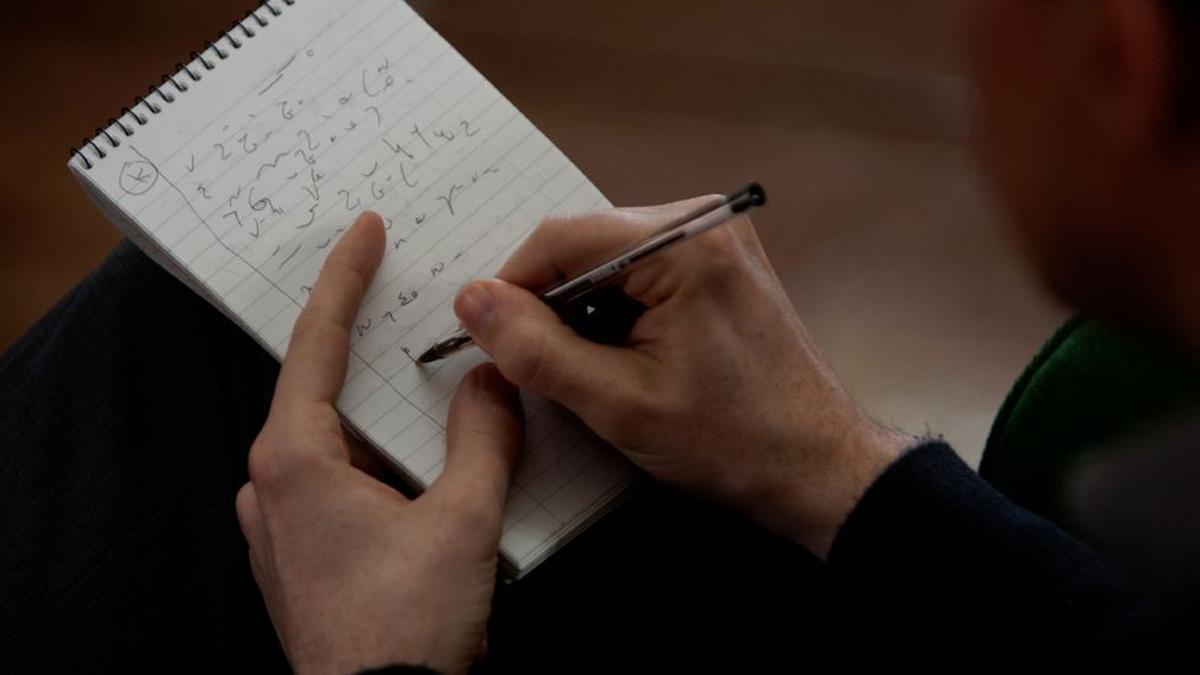
A person is writing in steno language on a notepad
| Photo Credit:
Special Arrangement
Application of stenography
Stenography is still relevant in today’s time, despite digital technology, due to its diverse applications in several professional fields such as:
Legal sector: In legal settings, stenography is indispensable for its accuracy and speedy transcriptions of proceedings. Skilled stenographers use certain methods to quickly capture spoken words with precision to provide comprehensive documentation of the proceeding. Stenography also helps in keeping the proceedings matter confidential.
Media: To capture real-time events, reporters often opt for a stenographer so as not to miss a beat of the story and have an accurate report. Stenography is also useful in broadcast media to keep up with breaking news and live captioning for television or live news events.
Medical: From patient records to research details, stenography helps medical professionals to have accurate documentation. It is essential to quickly capture complex medical terms to maintain records in the field of medicine.
Public & private sectors: Both Government and Private companies often hire stenographers to transcribe important meetings or conferences so the minutes are captured professionally and precisely to maintain organisational record.
A student’s journey
Kajol Singh, a teacher at St. John’s High School, Kolkata has recently mastered the art of stenography. She was first introduced to stenography while exploring the opportunities available in the Indian government jobs. Intrigued by the possibility of writing as fast as people speak, she embarked on a journey to learn this unique skill.
“It was very challenging for someone who had never heard about it and decided to make a career in it. Also, there are very few resources available on the internet, neither any institute nor any classes conducted particularly on stenography. But where there is a will, there is a way. I tried my best to find a mentor or an institution to teach me stenography. Fortunately, I found a teacher who used to teach stenography in West Bengal’s government school when stenography was part of the curriculum. His teaching and valuable lessons helped me master the skill,” she said.
Stenography is available in regional languages and English as well, and Kajol opted for English opted for English by following Pitman’s shorthand method.
“The most interesting aspect of stenography is decoding words and symbols to frame a correct sentence. Learning this skill has enhanced my English writing and typing skills as well. It is important to acquire speed while typing and my typing speed increased from 60 words per minute to 80 words per minute,” added Kajol.
Although Kajol hasn’t yet applied her stenography skills in her professional life, she is excited about the possibilities it holds. She envisions using stenography to get a government job and enhances her typing skills.
“Your stenography skills will take you places where words matter the most – and that is everywhere”.
Published – September 30, 2024 09:00 am IST


